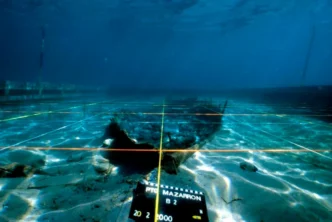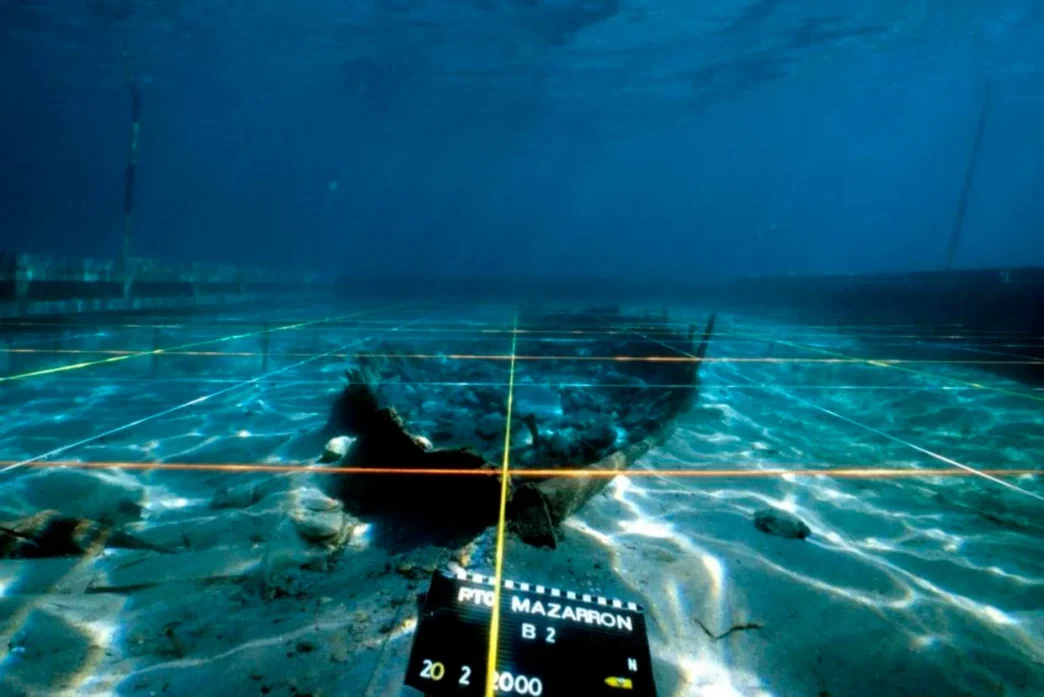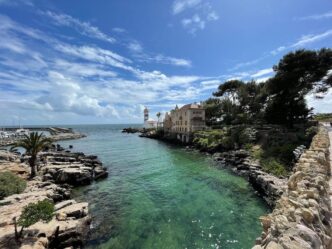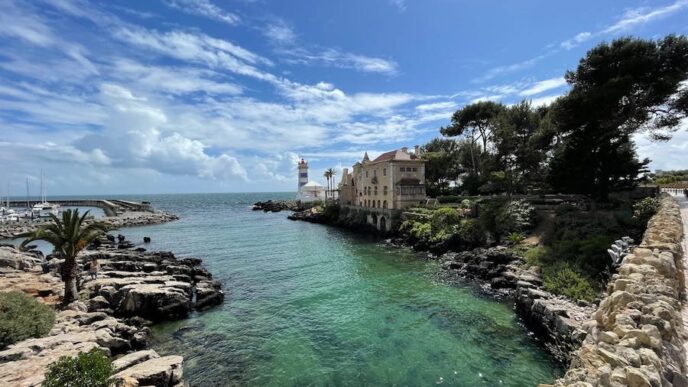In a groundbreaking archaeological effort, Spanish experts have successfully recovered the Mazarrón II, a 2,600-year-old Phoenician shipwreck, from the seabed near Mazarrón, Murcia. This vessel, dating back to the 7th century BCE, is one of the most intact Phoenician shipwrecks ever discovered, offering invaluable insights into ancient maritime history. But the story of the Mazarrón II is not just Spain’s—it also ties into the shared Phoenician legacy of the Iberian Peninsula, including modern-day Portugal.
The Phoenicians and Their Iberian Legacy
The Phoenicians, originating from the eastern Mediterranean, were instrumental in shaping the early history of the Iberian Peninsula. They established trading posts and settlements along the coasts, spreading their advanced maritime technology and fostering trade networks that connected Iberia with the broader Mediterranean world.
In Portugal, cities like Tavira in the Algarve and Alcácer do Sal in Alentejo show archaeological evidence of Phoenician influence. Tavira, in particular, was a thriving Phoenician settlement, serving as a strategic hub for trade and cultural exchange. This shared Phoenician history underscores the deep connections between ancient Iberian communities and maritime civilizations like the Phoenicians.
Shared Mining Heritage
The Mazarrón II was carrying a cargo of 1,797 lead ingots weighing 2,820 kilograms, sourced from the mines of southeastern Spain. This discovery highlights the extensive mining and trade networks of the Phoenicians across the Iberian Peninsula. Portugal, too, played a role in this trade.
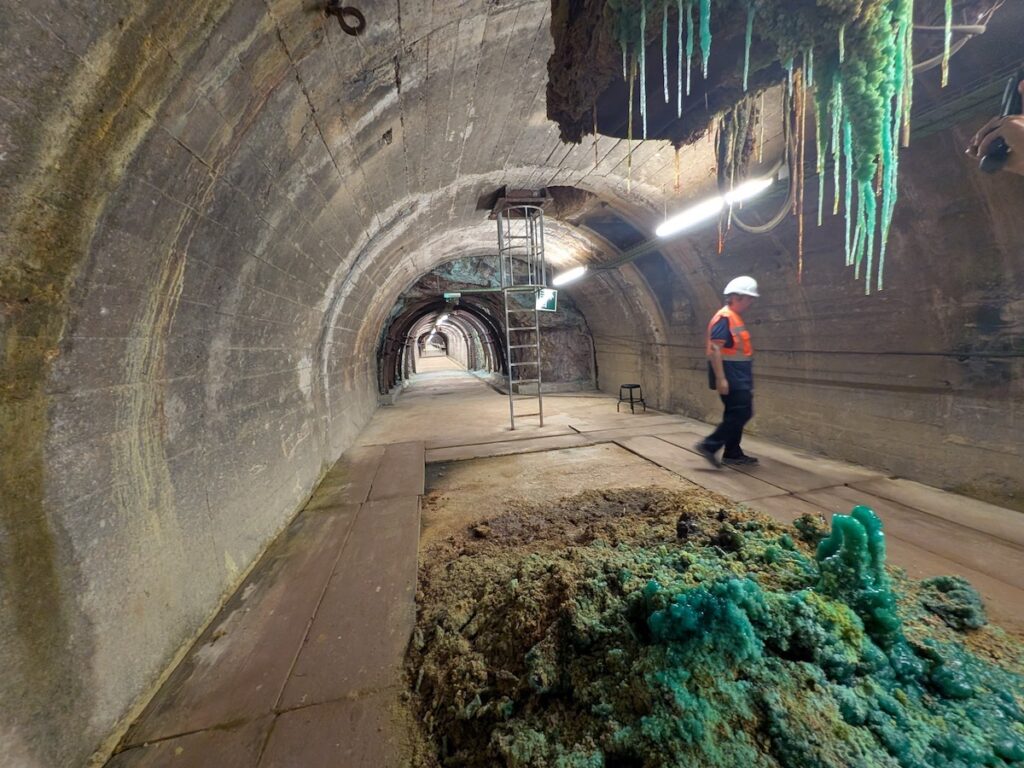
Regions like the Algarve and Alentejo were known for their rich mineral deposits, and the Phoenicians likely exploited these resources as part of their expansive economic activities. These ancient mining sites serve as a testament to the interconnected economies of Iberia during Phoenician dominance, with Mazarrón and Portuguese coastal hubs acting as vital nodes in this network.
Parallels in Underwater Archaeology
The recovery of the Mazarrón II could inspire similar efforts in Portugal, which boasts its own rich underwater archaeological treasures. The Arade River in the Algarve, for example, is a known site of submerged historical artifacts, including shipwrecks that reflect Portugal’s maritime legacy. Efforts by the Portuguese Navy’s Hydrographic Institute and other research bodies have uncovered ancient trade routes and vessels that mirror the story of Mazarrón II.
Portugal’s underwater archaeology initiatives highlight the broader maritime heritage shared with Spain and the importance of preserving these submerged narratives of history.
Collaborative Potential for Conservation
The Mazarrón II has been transported to the National Museum of Underwater Archaeology (ARQVA) in Cartagena for conservation, an effort that could inspire collaboration between Spanish and Portuguese institutions. Portuguese organizations like the Maritime Museum in Lisbon or the Museu Nacional de Arqueologia could benefit from shared expertise and conservation techniques, further bridging the maritime histories of the two nations.
The Phoenician Legacy Today
The recovery of the Mazarrón II sheds light on the advanced shipbuilding techniques of the Phoenicians and their pivotal role in ancient trade and cultural exchange. This legacy is not just Spanish—it’s Iberian, shared across the modern borders of Spain and Portugal. From the ancient settlements of Tavira to the mining networks of Alentejo, the Phoenician imprint on Portugal’s history remains an enduring connection to one of the ancient world’s greatest maritime civilizations.
Conclusion
The Mazarrón II is a remarkable archaeological find, but its significance extends far beyond Spanish waters. It represents the shared maritime history of the Iberian Peninsula, tying together ancient trade networks, mining economies, and Phoenician settlements in both Spain and Portugal. As underwater archaeology continues to uncover these submerged stories, the Iberian Peninsula’s rich and interconnected past becomes an even more vital thread in understanding Mediterranean history.
This discovery invites visitors and scholars alike to explore the shared heritage of Spain and Portugal, from the shipwrecks of Mazarrón to the ancient settlements of Tavira, and appreciate the enduring legacy of the Phoenicians.

